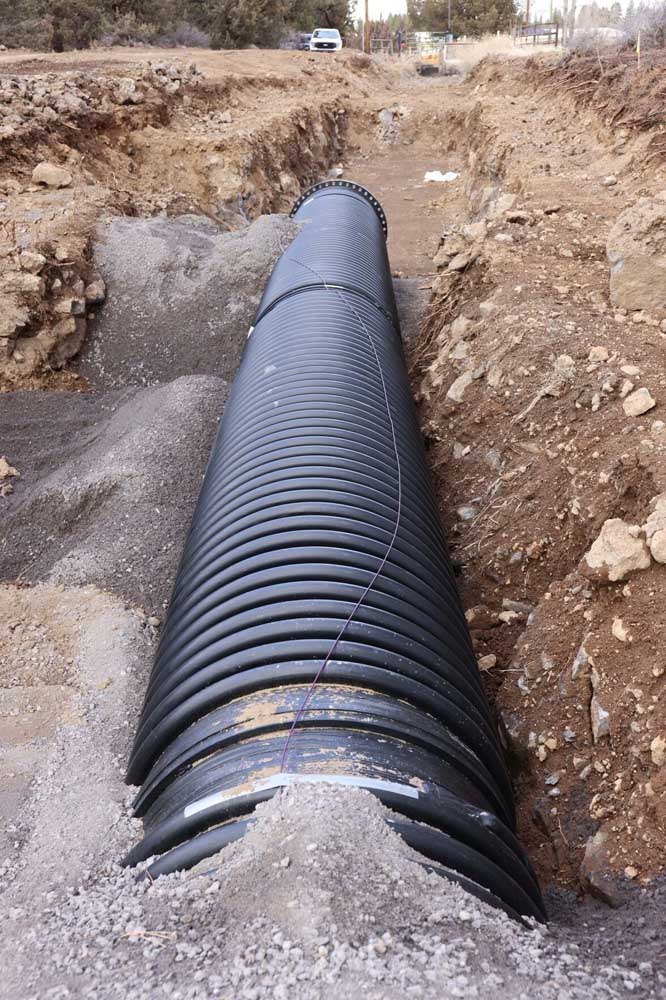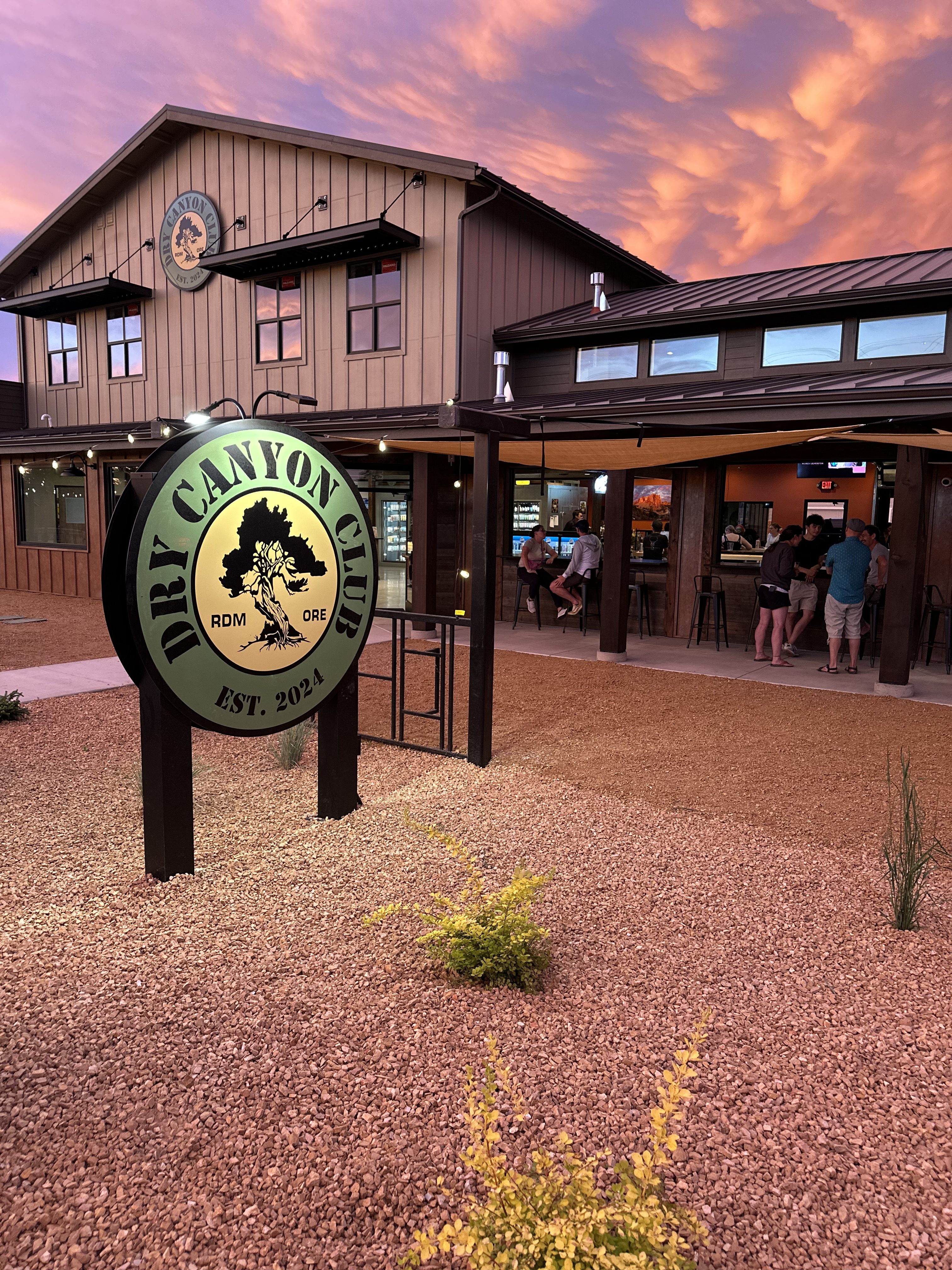Oregon irrigation modernization recommendations raise timing concerns
Published 9:00 am Monday, May 20, 2024

- A portion of a Central Oregon canal is replaced with piping to conserve water. A team of experts has recommended $13.5 million in irrigation modernization funding for such projects.
A team of experts has recommended Oregon water regulators spend $13.5 million in their initial phase of distributing $50 million allocated by lawmakers for irrigation modernization projects.
Trending
The relatively modest amount and the sizable proportion of projects not recommended for funding have raised concerns about whether some irrigation districts will be able to meet federal timelines.
Applicants for Oregon’s irrigation modernization program need the money as matching funds for grants approved by federal agencies, which have their own deadlines, said April Snell, executive director of the Oregon Water Resources Congress, which represents irrigation districts.
“If there’s not a state source, some of these projects may need to scale back or not happen,” she said. “There’s a clock ticking on that funding.”
Trending
Irrigation modernization projects include those that replace open canals with pipes to reduce leakage and evaporation, install water-efficient sprinklers and micro-irrigation systems, or invest in scheduling software and sensors, among other examples.
In 2023, $50 million for such irrigation improvements was included in a state legislative water package, but only projects already approved for grants by one of three federal agencies — the USDA, the Environmental Protection Agency and the Bureau of Reclamation — are eligible for funding.
Earlier this year, the Oregon Water Resources Department received 10 proposals seeking $26 million in total. A “technical review team” of experts from several agencies has now recommended approving half of those applications for a total of nearly $13.5 million.
Three of the recommended projects are in Deschutes County and the others are in Hood River County and Malheur County, with most of them involving canal piping. The projects not recommended for funding are in Klamath, Crook, Jefferson, Jackson and Malheur counties.
In the past, members of the commission that oversees OWRD have questioned whether the amount of state funding directed to Central Oregon irrigation districts is equitable, given their longer experience with modernization projects.
Two of the projects not recommended for funding failed to achieve the minimum “public benefit” score from the technical review team, according to OWRD. The public benefit scores of the others were still considered too low or they weren’t recommended due to “limited funds available” and their ability to re-apply during a future cycle.
Considering all the applicants have already met the rigorous standards for federal grants, the projects shouldn’t have to undergo the technical review team scoring — especially since it’s not required under the 2023 legislation, said Snell of the OWRC.
“I think it should have been a simple eligibility check,” she said.
Snell said she understands the state government wanted some way to evaluate the applications, but it’s not “transparent” why certain projects didn’t pass muster with the technical review team.
“The stated reason in the report doesn’t seem consistent as to why those projects weren’t recommended for funding,” she said. “It’s not clear on an individual project basis where they could be improved.”
Aside from the deadlines imposed by federal agencies, the $50 million available from the state government is “specific to the biennium,” which means the funding must be disbursed by mid-2025, Snell said.
Snell said she plans to raise these concerns in comments to the Oregon Water Resources Commission, which is scheduled to approve the irrigation modernization funding next month.
Hopefully, the irrigation districts that don’t obtain funding at that point will receive guidance from the agency on how to revise their applications for the next round of funding, she said.








